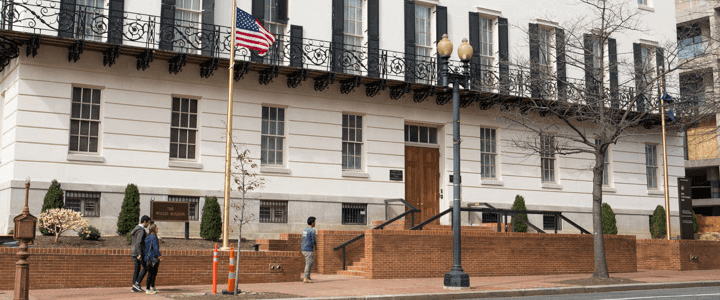Trusted Workforce 2.0 was announced in March of 2018 and has seen been rolling along with its overhaul of the personnel security vetting process. Executive Correspondence issued in February of 2020 launched one of the most significant changes in the Trusted Workforce 2.0 model – the move to continuous vetting versus periodic reinvestigations of security clearance holders. Today the Federal Register published a new ‘Federal Personnel Vetting Core Doctrine.’
The new vetting doctrine falls into the ‘one’ bucket of the ‘one-three-five’ Trusted Workforce 2.0 model:
One – The establishment of one personnel vetting model, which aligns guidelines and standards and provides characteristics of a trusted person. The underpinning of this personnel vetting model is changes to the federal investigative standards and adjudicative criteria.
Three – Is the reduction of the investigative tiers from 5 to 3. With the elimination of periodic reinvestigations, categories based on reinvestigation go away, and investigations are based solely on tiers of risk, not tiers of time.
Five – Is the creation of five specific vetting scenarios.
- Initial vetting: Moving ‘outsiders to insiders.’
- Continuous vetting: The ‘signature, transformative piece’ of Trusted Workforce 2.0. Continuous vetting allows for risks to be identified when they happen – not on a 5-or-10-year investigation timeline.
- Upgrade in trust: When an individual with a Secret clearance needs to move into a Top Secret clearance position, or an individual requires access to special access programs, conducting new vetting for the higher risk level.
- Transfer of trust: How quickly and efficiently to move from one agency to another. Typically referred to as reciprocity, which actually brings in a host of other criteria related to suitability.
- Reestablishment of trust: Vetting an individual who has left the ‘trusted workforce.’ Under the PR model, investigations would be considered ‘current’ if the individual attempted to ‘re-enter’ the system within two years. With PRs going away, reestablishment of trust won’t be based on an investigation date, but on what information is available in a continuous vetting system of record, and efficiently bringing those individuals back into the system.
A Security Clearance Philosophy
The Doctrine underpins priorities ODNI has highlighted throughout the past few years, including a focus on clearance portability, data-driven approaches, and information technology.
“With the issuance of this General Policy Statement, the Federal Personnel Vetting Core Doctrine establishes the philosophy of the Government’s personnel vetting program and will guide development of Government-wide and agency policy. This Core Doctrine defines the personnel vetting mission, its guiding principles, key supporting processes, and policy priorities,” the Doctrine reads.
Like the Preamble to the Constitution, the vetting doctrine offers the preamble to the policy priorities that will guide future developments around Trusted Workforce 2.0. The Doctrine doesn’t carry the weight of law, and doesn’t create a new framework, but establishes the government’s personnel security philosophy and points to reforms, policies, and legislation that could come around security clearances. Those close to the process won’t note surprises, but should be encouraged by the policy direction offered by OPM as the security and suitability executive agent and ODNI as the Security Executive Agent. Improved transparency, information sharing, and providing more information to applicants involved in the process is key.
“Vetting practitioners are engaged with individuals during the entire vetting process to collect information, resolve derogatory information, improve transparency, and cultivate effective two-way communication between the individual and the Government,” the Doctrine states. “Trusted insiders and the Government share responsibility for maintaining complete, accurate, and relevant information as part of an individual’s personnel.”




